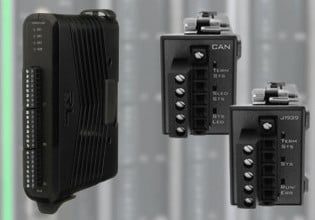I
I have a 3/8 inch numatics solenoid which operates a 24 inch on/off valve. The line feeding the solenoid is 1/2 S.S. and it was suggested that installing a larger numatics solenid valve with 3/4 inch fittings will increase the volume which will help stroke the valve. If the feed line is still only 1/2 inch will the larger 3/4 inch solenoid valve body help stroking the valve or would the feed line need to be increased as well?






